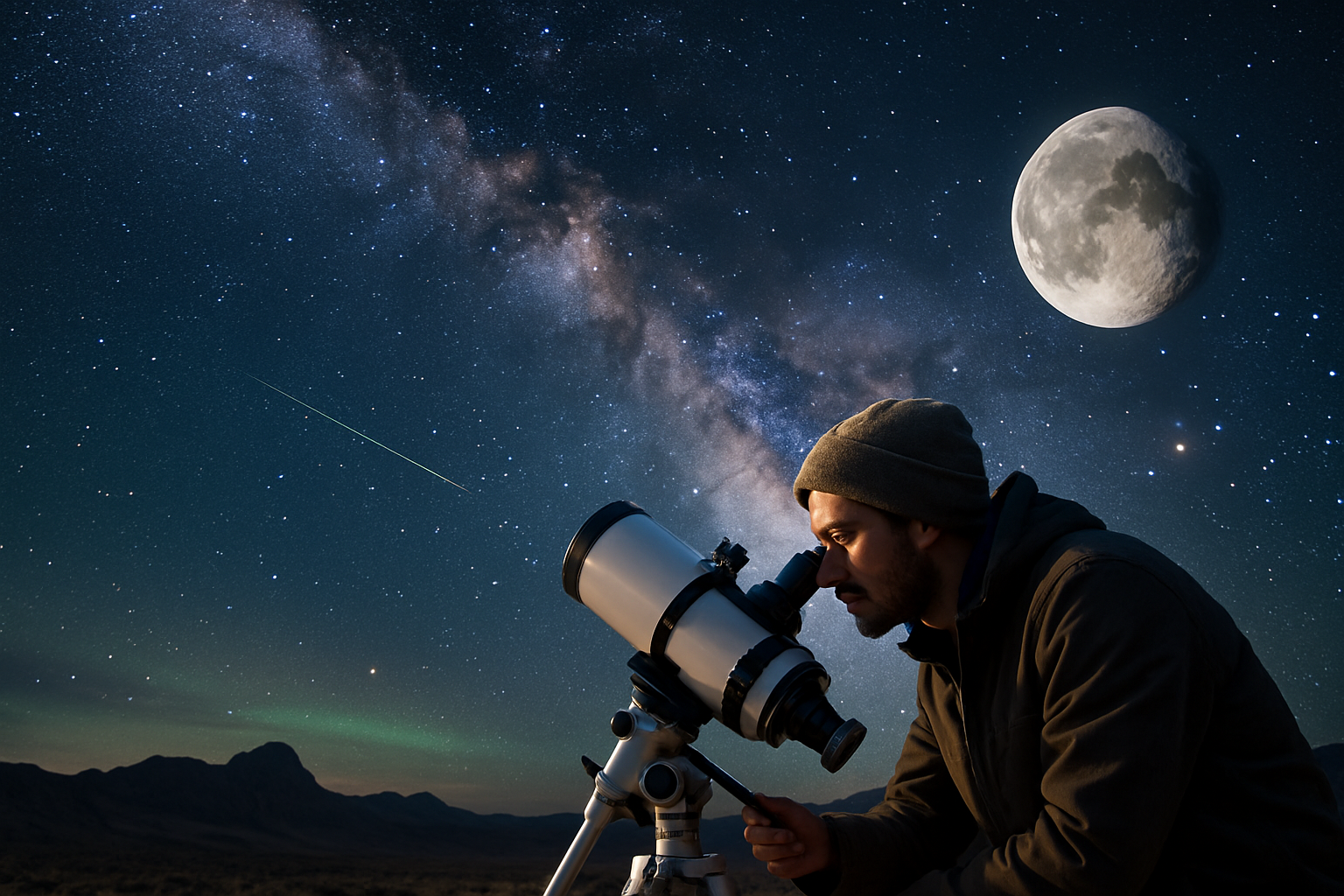Holographic Art: The New Frontier of Visual Expression
In a world where digital innovation constantly pushes the boundaries of creativity, holographic art emerges as a captivating medium that blends technology with artistic vision. This cutting-edge form of expression is revolutionizing galleries, public spaces, and even live performances, offering viewers an immersive experience that challenges traditional notions of dimensionality and interaction. As artists and technologists collaborate to explore the potential of this medium, holographic art is poised to redefine the landscape of visual culture in the 21st century.

From Science to Art: The Pioneers
The transition of holography from a scientific curiosity to an artistic medium was spearheaded by visionaries who saw its creative potential. Artists like Margaret Benyon, often referred to as the “mother of holography,” and Rudie Berkhout were among the first to explore holography as a form of artistic expression. Their early works, though limited by the technology of the time, laid the groundwork for future generations of holographic artists.
The Digital Revolution and Holographic Art
The advent of digital technology in the late 20th and early 21st centuries marked a turning point for holographic art. Computer-generated holography and digital projection techniques expanded the possibilities of the medium, allowing for more complex, dynamic, and interactive creations. Artists could now manipulate light and space with unprecedented precision, creating immersive environments that blur the lines between reality and illusion.
Contemporary Holographic Artworks
Today’s holographic artists are pushing the boundaries of what’s possible with light and space. Notable works include Tupac Shakur’s posthumous “performance” at Coachella in 2012, which used a technique called Pepper’s ghost to create a lifelike hologram of the late rapper. In the fine art world, artists like Matthew Schreiber create large-scale holographic installations that transform entire rooms into otherworldly experiences.
The Impact on Museums and Galleries
Holographic art is reshaping the way museums and galleries approach exhibitions. Traditional institutions are incorporating holographic displays to enhance visitor experiences and bring historical artifacts to life. The Hologram Gallery in London, dedicated exclusively to holographic art, showcases the medium’s potential as a standalone form of expression. As technology advances, we can expect to see more integration of holographic elements in curated spaces, offering new ways to engage with art and culture.
Holographic Art in Public Spaces
Beyond galleries and museums, holographic art is making its mark in public spaces. Cities around the world are commissioning holographic installations for public squares, transforming urban environments into dynamic, interactive experiences. These public art projects not only beautify cityscapes but also serve as a medium for social commentary and community engagement, accessible to a wide audience outside traditional art venues.
The Intersection of Performance and Holography
The performing arts have embraced holographic technology to create groundbreaking productions. Opera houses and theaters are experimenting with holographic sets and characters, allowing for previously impossible staging and effects. Cirque du Soleil’s “Michael Jackson ONE” in Las Vegas features a stunning holographic sequence that brings the King of Pop back to the stage, seamlessly blending live performers with digital projections.
Challenges and Ethical Considerations
As holographic art evolves, it raises important questions about authenticity, copyright, and the nature of reality itself. The use of deceased celebrities’ likenesses in holographic performances has sparked debates about consent and the preservation of artistic legacy. Additionally, as holographic technology becomes more sophisticated, concerns about its potential for deception and misinformation in media and advertising have emerged.
The Future of Holographic Art
Looking ahead, the future of holographic art is bright with possibility. Advancements in augmented reality (AR) and mixed reality (MR) technologies are likely to converge with holographic techniques, creating new hybrid forms of expression. As holographic displays become more accessible and affordable, we may see a democratization of the medium, with more artists and creators experimenting with holographic storytelling and interactive experiences.
Conclusion: A New Dimension of Creativity
Holographic art represents a fascinating convergence of science, technology, and creative vision. As it continues to evolve, it promises to reshape our understanding of visual art, performance, and spatial design. By challenging our perceptions of reality and expanding the canvas of artistic expression, holographic art is not just a novelty but a significant development in the ongoing dialogue between art and technology. As we look to the future, holographic art stands as a testament to human creativity and innovation, inviting us to see the world in a new dimension.





